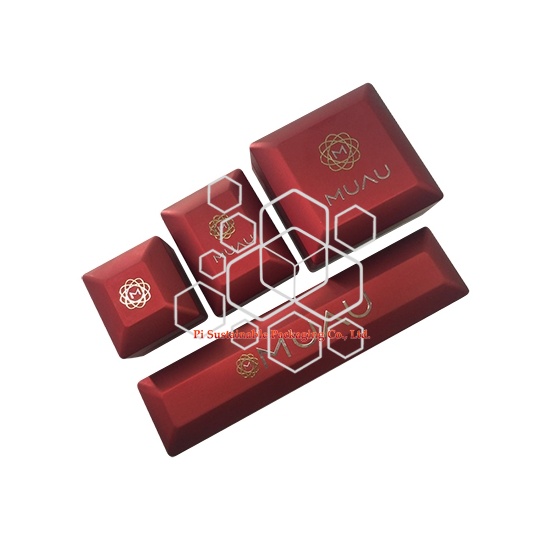Jewellery Packaging Boxes: Elevating Presentation and Protection
Jewellery Packaging Boxes play a crucial role in the jewellery industry, serving not only as containers but also as a vital part of the overall customer experience. These boxes protect precious items while enhancing their appeal, making them an essential element for jewelers, retailers, and brands aiming to impress their customers and safeguard their products.
Why Jewellery Packaging Boxes Matter
Jewellery is often delicate, valuable, and visually striking, which means the packaging must serve dual purposes: protection and presentation. A well-designed jewellery box safeguards items from damage, scratches, and environmental factors such as moisture and dust. Simultaneously, it acts as a marketing tool, showcasing the jewellery in an elegant and attractive manner that can influence purchasing decisions and brand perception.
Types of Jewellery Packaging Boxes
Jewellery packaging boxes come in a wide variety of styles, materials, and designs tailored to different types of jewellery and customer preferences. Some popular types include:●Ring Boxes: Compact and usually cushioned inside to hold rings securely. Often square or rectangular, these boxes open to reveal the ring prominently.
●Earring Boxes: Designed to keep earrings paired and secure, often with slots or foam inserts.
●Necklace Boxes: Typically longer and slim to accommodate necklaces without tangling or damage.
●Bracelet Boxes: Similar to necklace boxes but designed for the length and shape of bracelets.
●Multi-Piece Boxes: Specially designed compartments to hold sets of jewellery like matching earrings, rings, and necklaces.
Materials Used in Jewellery Packaging Boxes
The choice of materials greatly affects the look, feel, and protection offered by jewellery boxes. Common materials include:●Cardboard and Paperboard: Lightweight and cost-effective, often covered with decorative paper or fabric.
●Plastic: Durable and can be molded into various shapes, sometimes transparent to showcase jewellery.
●Wood: Offers a premium feel and excellent protection, often used for high-end jewellery packaging.
●Leather and Faux Leather: Adds luxury and sophistication, frequently used as an outer cover.
●Velvet and Suede Linings: Soft materials inside the box to cushion jewellery and prevent scratches.
Customization Options
One of the biggest advantages of jewellery packaging box is the ability to customize them according to brand identity and customer preferences. Customization options include:
●Logo Printing and Embossing: Adding brand logos or monograms to enhance brand recognition.
●Colors and Finishes: Matching brand colors or choosing luxurious finishes like matte, glossy, or metallic.
●Unique Shapes and Sizes: Designing boxes that fit specific jewellery pieces perfectly.
●Special Inserts: Adding foam, velvet, or molded inserts to secure and display jewellery attractively.
The Importance of Sustainable Packaging
With growing environmental concerns, many jewelers are turning to eco-friendly packaging options. Sustainable jewellery packaging boxes use recycled materials, biodegradable papers, or plant-based inks, aligning the brand with green practices and appealing to environmentally conscious customers.
Packaging boxes are often the first physical touchpoint customers have with a jewellery brand. Beautifully crafted packaging can create a memorable unboxing experience, boosting customer satisfaction and loyalty. Gift-ready packaging also makes it convenient for customers purchasing jewellery as presents, adding perceived value without extra effort.
Conclusion
Jewellery packaging boxes are more than just containers—they are an extension of the jewellery brand, protecting valuable items while elevating their presentation. Investing in quality, customized, and sustainable packaging can set a jewellery business apart in a competitive market, ensuring that every piece arrives safely and impresses customers from the moment they open the box.


 English
English 日本語
日本語 Français
Français Deutsch
Deutsch Español
Español